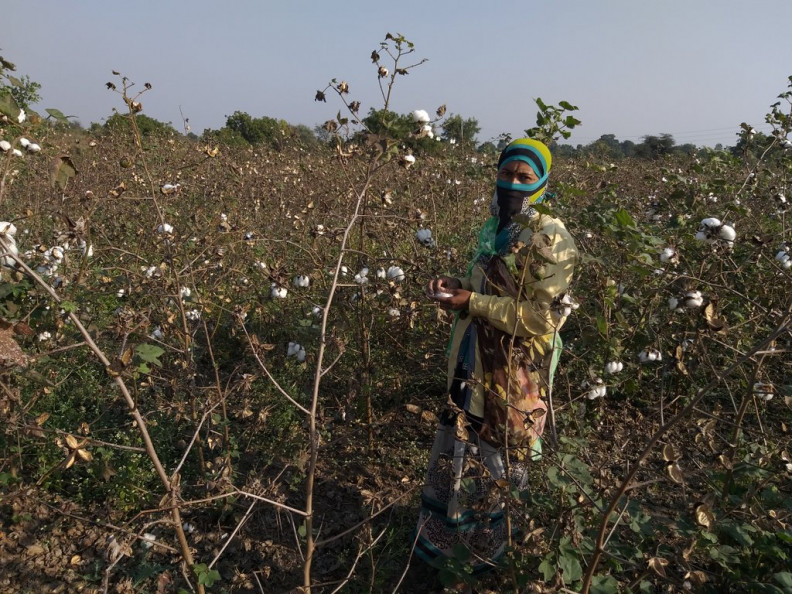The second wave of coronavirus pandemic spreads in India and the major cotton producing areas are also affected. The high infection rate may directly limit the number of people engaged in cotton-related work in the future, and the expansion of the lock-down may affect the supply of materials, such as seed, pesticides, fertilizers and fuels. Under the condition, Indian cotton planting areas and progress may be dragged down this year.
1. A large-scale outbreak of the pandemic in India
As of 8:07 AM on April 26, the number of newly confirmed cases in India was 354,653 in a single day, the current number of confirmed cases was 2,807,338, and the cumulative number of confirmed cases was 17,306,420. The new death toll on that day was 2,808, and the cumulative number of deaths was 195,118. India’s capital New Delhi on Sunday extended its lockdown one week to 5 AM, May 3.
Currently, India has confirmed more than 300,000 cases in a single day for five consecutive days, and the single-dose vaccination ratio is 10%. However, due to its large domestic population base, it is currently not able to prevent the spread of the pandemic. The pandemic is predicted to reach the peak in mid-May.
2. New cotton planting may be dragged down
(1) The production activities of cotton farmers may be restricted
According to tracked data, the current situation of the virus in India's main cotton-producing areas (about 89.3% of the total production) is not optimistic. In the past week (4/17-4/26), the growth rate of new infections reached 2.4%; the infection rate (the number of people who were infected among 100 confirmed cases) was as high as 19.8%, and the case fatality rate (the number of deaths among 100 people diagnosed) was 1.1%. Although the new crop planting has not reached the peak time, if the pandemic is not effectively controlled, the high infection rate may directly affect the workers engaged in the cotton-related work, due to the low degree of mechanization of cotton planting in India.
(2) The supply of materials and raw materials is blocked and the cost increases
The outbreak of the epidemic has caused some areas of India to extend the time of "closing the city", and the shipment of seeds, pesticides, fertilizers and fuels needed for cotton planting may also be affected. According to a government notification, the maximum sale price of Bolgard-II (BG-II) Bt cotton seed has been increased to Rs 767 per packet of 450 grams for the 2021-22 season (October-September) from Rs 730 per packet last year. In the 2020/21, over 95 percent of all cotton planting involved genetically modified Bt. cotton seed, the technology for which was developed by Bayer/Monsanto and licensed to 45 local seed manufacturers. Last year the administration cancelled the trait fee payable by Indian firms to the biotech company. Local news outlets report that the availability of seed might be limited this season, especially if farmers seek to increase the area dedicated to cotton. In addition, as the higher global commodity prices drive up the prices of fertilizers, pesticides, and fuels, the planting costs of cotton farmers will also increase significantly this year. Multiple pressures such as the spread of the virus, shortage of supplies, rising raw material prices, and the obstruction of the agricultural reform bill, have hit cotton farmers. It is to see whether Indian government has the ability to maintain and protect the basic income of cotton farmers.
In summary, the second wave and more deadly of coronavirus pandemic spreads in India and the major cotton producing areas are also affected. The high infection rate may directly limit the number of people engaged in cotton-related work in the future, and the expansion of the lock-down may affect the supply of materials, such as seed, pesticides, fertilizers and fuels. The higher global commodity prices drive up the higher planting costs for growers. Under the condition, Indian cotton planting areas and progress may be dragged down this year.


